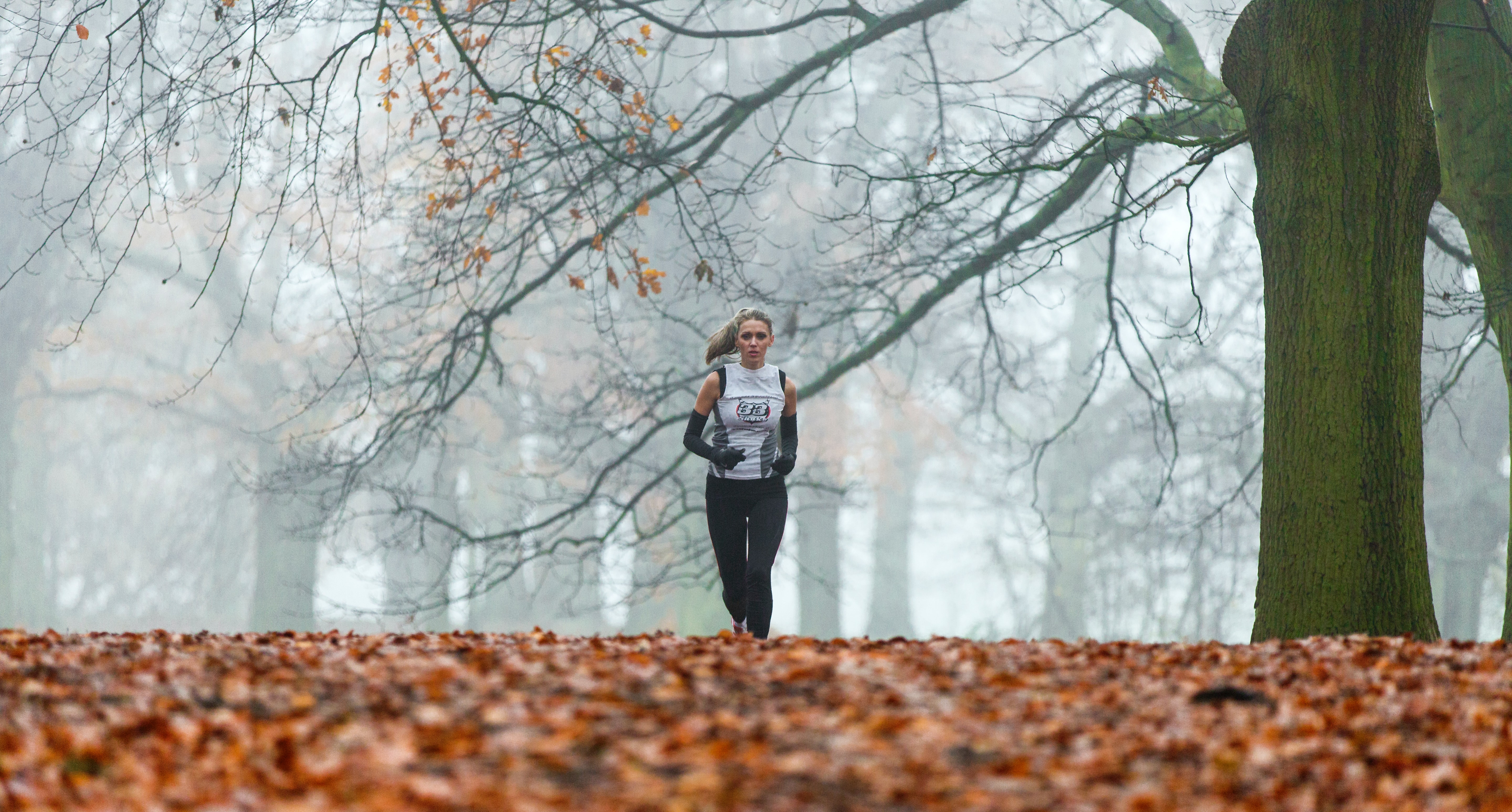WELLNESS
4 WAYS TO BUILD YOUR EMOTIONAL MUSCLE
Written by: Amy Crawford @theholisticingredient
As we well know, life’s challenges will never stop, but our ability to cope amongst chaos and uncertainty can, on the flip side, become easier to manage. This is because there are ways to build our emotional muscle that will not only help us bounce back from adversity, but they’ll make us stronger each and every time.
Here’s how you can start building your emotional muscle today.

Become more emotionally aware
Understanding what you’re feeling and why, is where resilience starts. When we feel overwhelmed by emotion and when we don’t easily understand the emotion we are feeling, we can instead try and push it down or busy our lives to the extent there’s no space to feel. This can create a ‘frozen with fear’ feeling, and effectively shuts us down.
Whether we like this or not, the only way to become truly emotionally aware is to face our fears, to truly see them. It’s never comfortable and there’s no easy way out but running away does not build strength.
Becoming conscious of why you’re feeling upset can help you map out a plan of action for change. Looking at fear and building awareness around it, gives us objectivity, as opposed to drowning amongst it all. So, simply start by observing your fears as they rise and take time to try and understand them, never squash them away.

Look for the positive
As with every single challenge, there is always a blessing. It may sound cliché, but it’s true. Whilst many people are naturally more positive and optimistic than others – take comfort in the fact that adopting a more positive outlook is something we can learn. Looking for the positive in a situation will boost your ability to cope with stress and help build your emotional muscle.
You may ask though, how do we find a positive when everything looks bleak? The answer is in the research - we do this by adopting an attitude of gratitude. Research proves that those who take time each day to look for the positive aspects of their lives and come to feel grateful for these, develop a pattern for looking for the positives. Grab yourself a little notebook and each night when you go to bed, jot down 3 things you are grateful for each day. Maybe even incorporate it with the kids around the dinner table.
Building resilience through positivity also means doing more of what we enjoy. Walking in nature, dancing, meditating, taking a long bath - engaging with those things that bring you joy provides you with a platform of positivity to help you better manage negativity coming your way.

Keep on moving
It’s long proven that those who exercise regularly and maintain a strong body are better equipped to cope with stress. Think about it. How do you feel after a walk in the sunshine, a yoga class or some interval training? Simulating anxious responses physically through exercise (sweating, rapid breathing and an increased heart rate) helps us realise that the feelings of stress within us are not dangerous. With time, vigorous exercise which mimicks these physical responses, can actually lessen the intensity of emotional stress. In essence, our body let’s our mind know that ‘it’s okay’.
If you are someone more prone to ‘being in your head,’ ruminating with fearful thoughts, exercise will be especially powerful for you. Keep moving, get into your body instead.

Go gently
A ‘toughen up’ approach is most definitely not what is required here. In fact, building our emotional muscle requires the opposite of this. The manner in which we talk to ourselves will directly affect how we cope with stress.
So, become a good observer. When you are next going through a challenge, instead of asking yourself “How on earth did I even let this happen?!” or “I’m falling apart, I can’t cope with this” start to moderate your self-talk in a caring way. Rather than letting your negative internal dialogue take over, gently shut it down, replacing it with “I’ve got this”, or “I’m the one to handle this” or “I am strong enough”.
Building your inner belief is not dissimilar to how you might build a house. You’d start with the flooring, then you’d move to the walls, creating an inner structure with, positivity, self-love, self-trust and care.
Become emotionally aware. Look for positives. Be gentle with your self-talk. And trust yourself.
You’ve got this.




